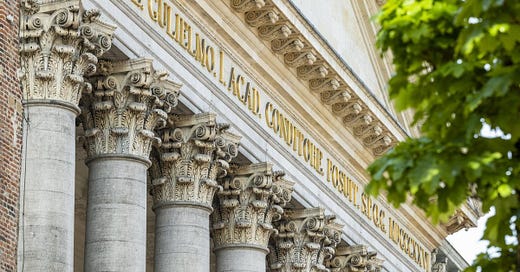The Mataha Expedition was a groundbreaking geo-archaeological survey conducted in 2008 at Hawara, Egypt, aiming to locate and preserve the legendary Egyptian Labyrinth. This vast underground complex, described by Herodotus, Strabo, and Pliny, was said to surpass even the pyramids in grandeur. The mission brought together leading scientific institutions, archaeologists, and visionaries to apply cutting-edge Ground Penetrating Radar (GPR) technology in an effort to uncover what had remained hidden for millennia.
Key Institutions Behind the Expedition:
☞ Supreme Council of Antiquities (SCA): Provided official permissions and oversight for the project. Though initially supportive, the SCA later imposed restrictions on public disclosure of the expedition’s findings.
☞ National Research Institute of Astronomy and Geophysics (NRIAG), Egypt: Led the geophysical research, using advanced non-invasive scanning technologies to detect what appear to be massive subterranean walls and chambers beneath the Hawara sands.
☞ Ghent University / Kunst-Zicht, Belgium: Provided scientific expertise in geo-archaeology and collaborated on data interpretation, reinforcing the credibility of the research findings.
☞ Louis De Cordier & his Cosco Foundation (formerly named Mataha Foundation): Initiated, coordinated, and funded the expedition, integrating art, science, and archaeology to push the boundaries of exploration. His vision for the project was not only to uncover the labyrinth but also to raise global awareness of its significance and the urgent need for preservation.
The Mataha Expedition’s findings challenge the mainstream archaeological belief that the labyrinth was completely destroyed. Instead, the geophysical scans confirm the presence of a vast, structured underground complex, aligning with the ancient descriptions. However, ongoing research has been hindered by bureaucratic obstruction and the growing threat of rising saline groundwater, which is rapidly eroding the site.
The expedition’s work must continue—both to reveal the full extent of the labyrinth and to protect this unparalleled piece of human heritage before it is lost forever.
For those interested in the full official results and whitepapers of the Mataha Expedition, follow this link: labyrinthofegypt_com__printversion.pdf > [https://drive.google.com/file/d/1YqntaYOhvSWA7fd3jFYToPqx34odntjB/view]




